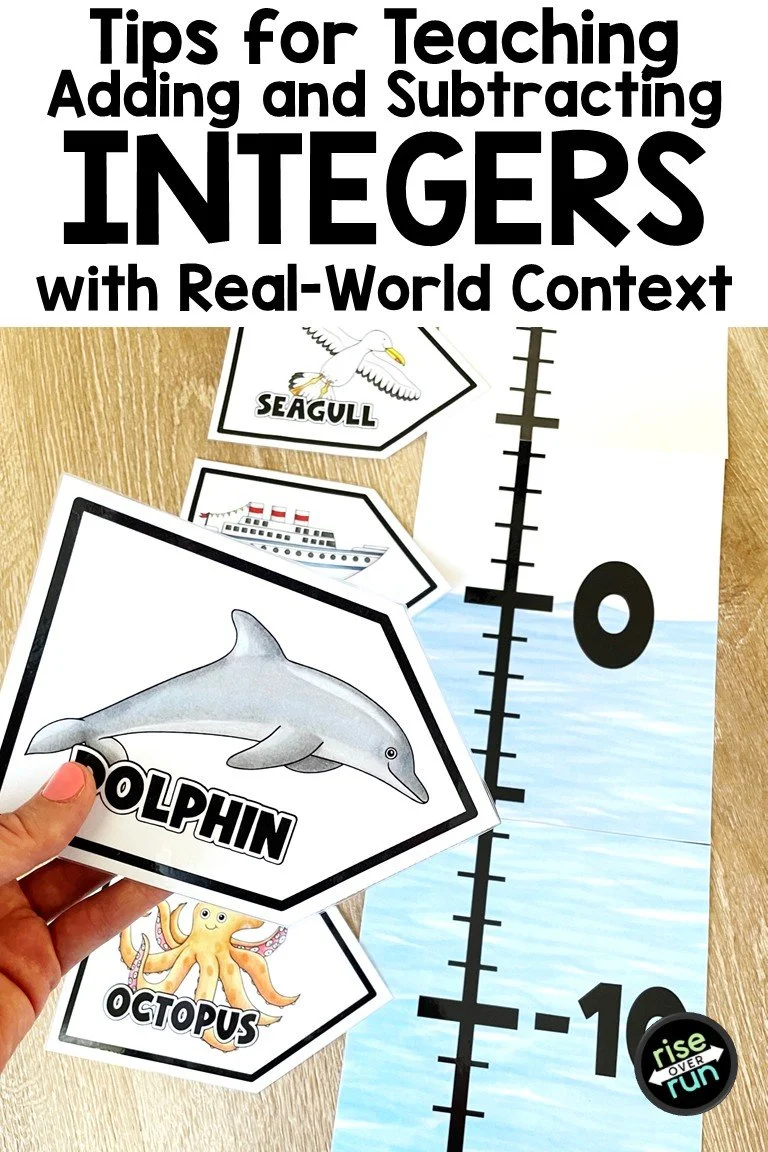
Teaching Adding and Subtracting Integers with Real-World Context
Let’s talk about adding and subtracting integers, one of my favorite topics! I want to give you some ideas for making it engaging and helping students truly understand what they’re doing.
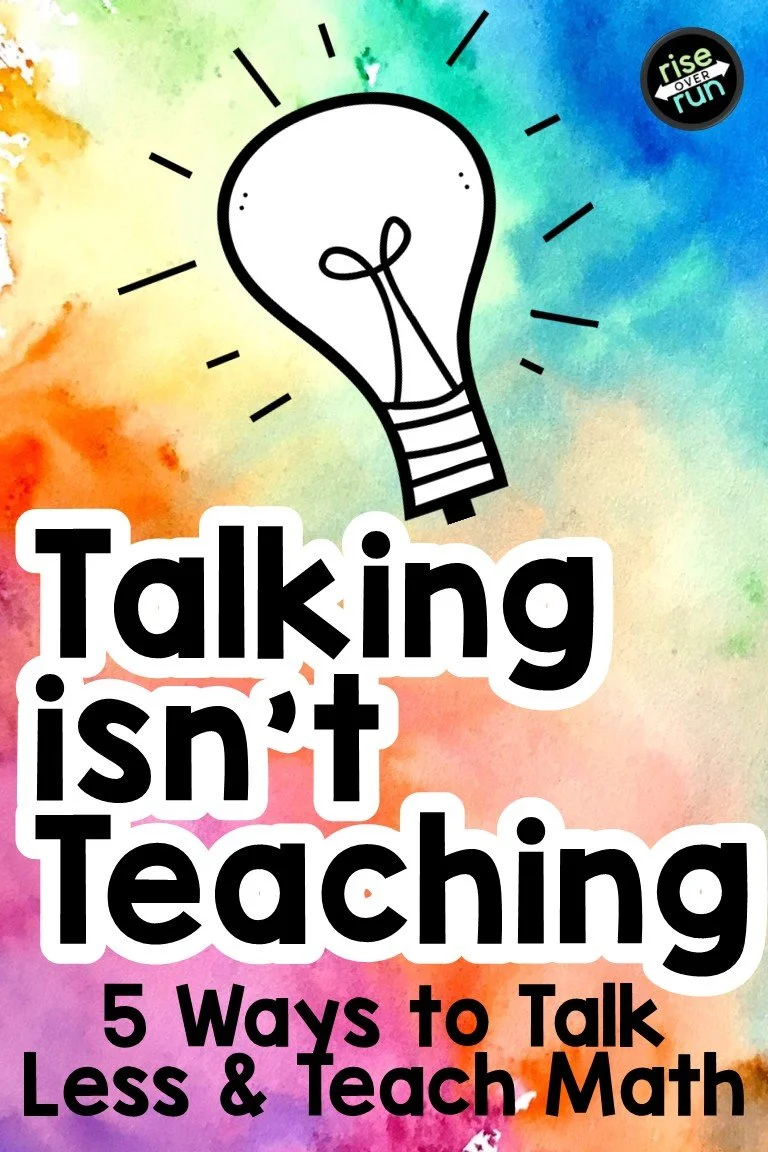
Talking Isn’t Teaching: Helping Students Truly Learn Math
One of the hardest shifts as a math teacher is stepping back and giving students space to think. We want to help. We want to explain, but often, our talking takes away the chance for them to wrestle with the math. Here are five practical ways to reduce teacher talk and increase student learning time.
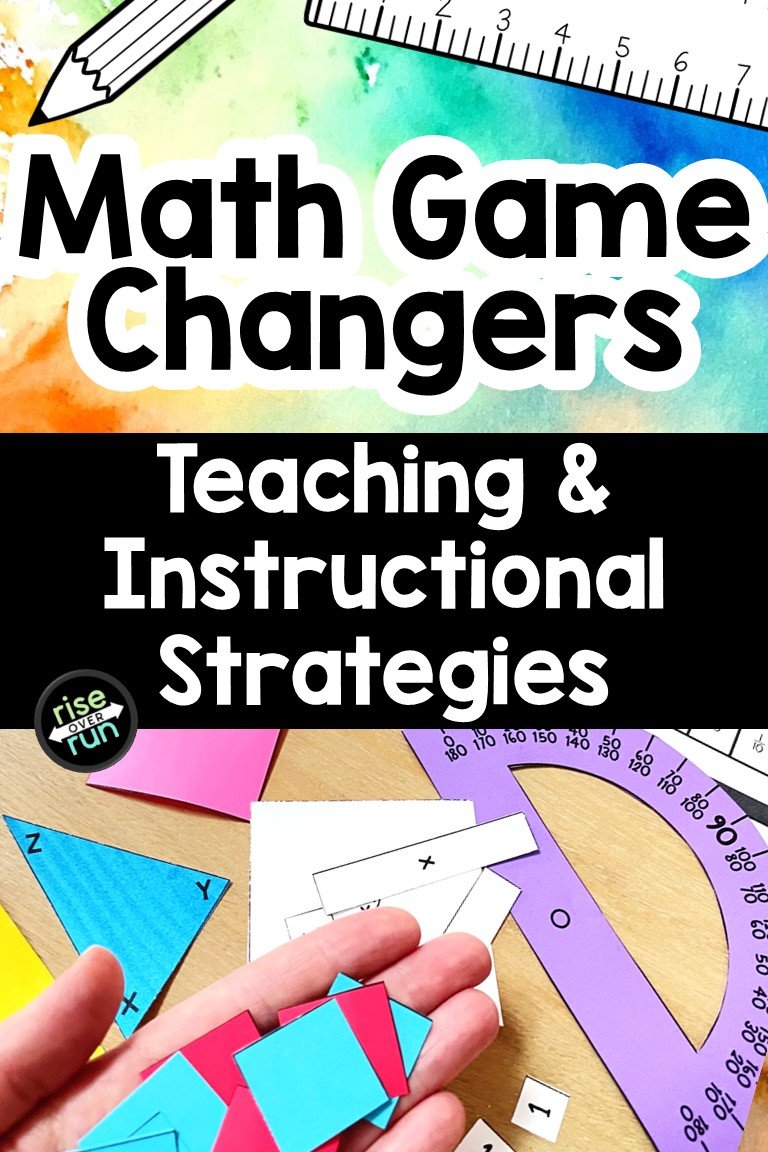
Math Instructional and Teaching Strategies
As math teachers, we are always looking for strategies that help our learners understand the concepts we’re teaching. I asked teachers on Instagram to tell me game-changing strategies that made their math lessons more effective. Several of the ideas were small changes that can have a big impact.
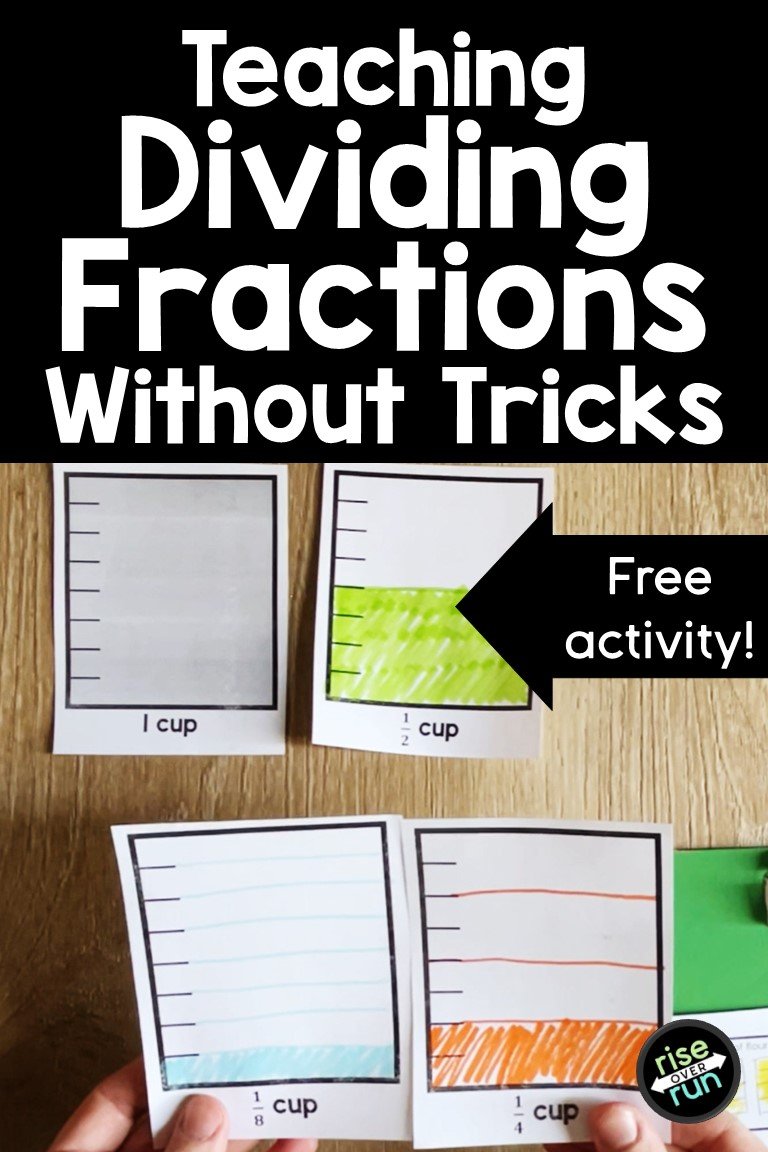
Math Without Tricks: Making Sense of the Division of Fractions
The "Keep-Change-Flip" (KCF) method is a common math trick used to teach students how to divide fractions. The instructions are simple: keep the first number, change the division sign to multiplication, and flip the second fraction. This method works and provides the correct answer, but there is a significant downside.
If our only focus is on getting the answer, KCF can seem very appealing. However, students often end up with no clue how they arrived at that answer or if it even makes sense. Additionally, tricks without meaning are frequently applied incorrectly in later problems, leading to confusion and errors.
I am a strong advocate of helping students understand that math makes sense. I'll show you a way to approach fraction division that gets students thinking critically and making sense of their answers.

Productive Struggle: Fostering Deep Math Learning in Your Classroom with Discovery
Productive struggle is the process where students face challenging problems or concepts that they don't immediately know how to solve. However, they approach these challenges with hope and confidence, believing that with effort and perseverance, they can arrive at a solution. This is a mindset that takes time to develop.
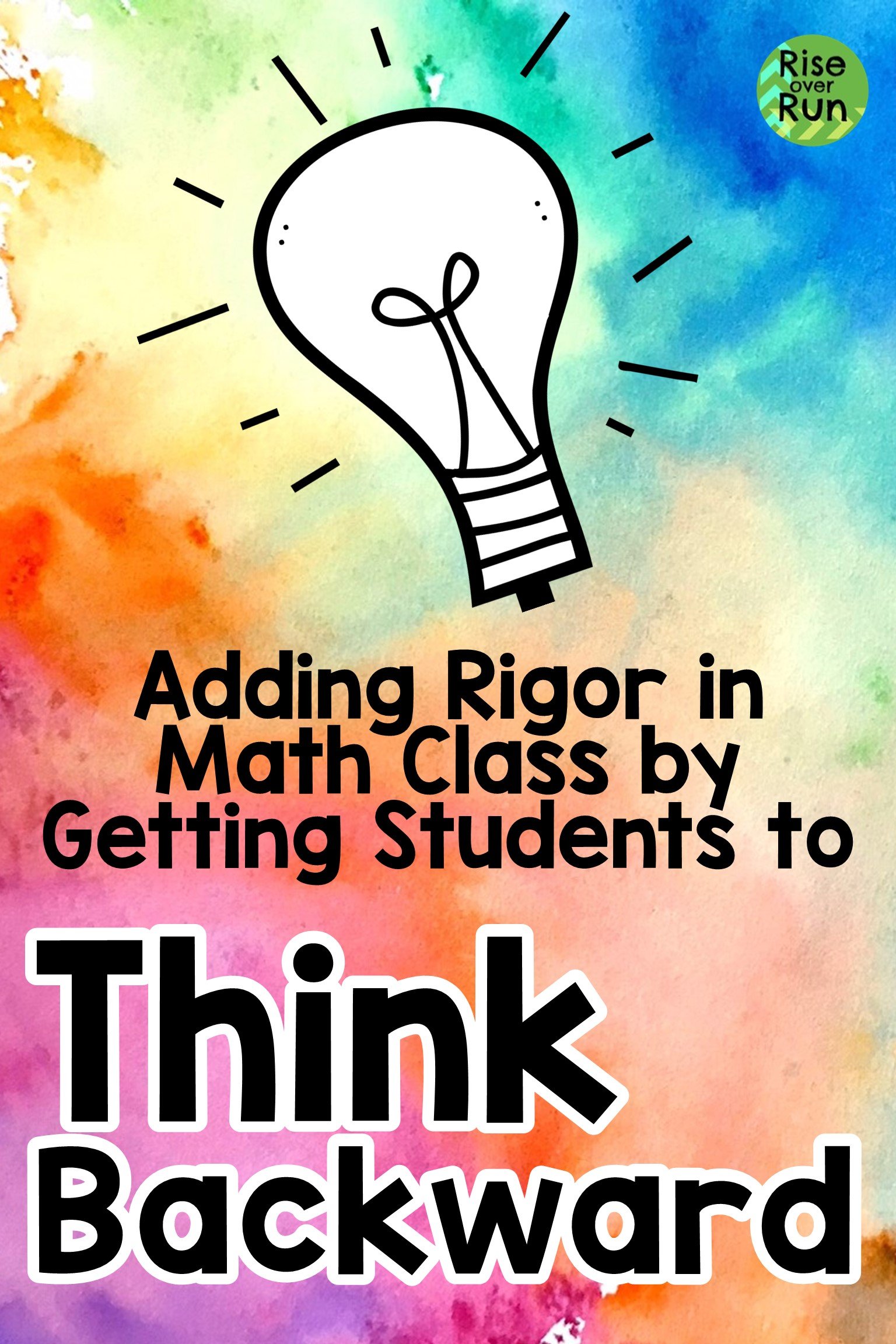
Adding Rigor in Math Class by Getting Students to Think Backward
Rigorous math lessons are important for pushing student thinking and understanding. Today I’m going to share one change that can make a problem more rigorous. This technique can be use to create a problem solving task that really makes your middle school or high school math students think!
When students can solve a problem and then think about how to work backward, we are preparing them for success in algebra. It’s also a great practice for adding rigor to a lesson.
I decided to brainstorm some ways to put this idea into practice in different grade levels. Read on for inspiration.
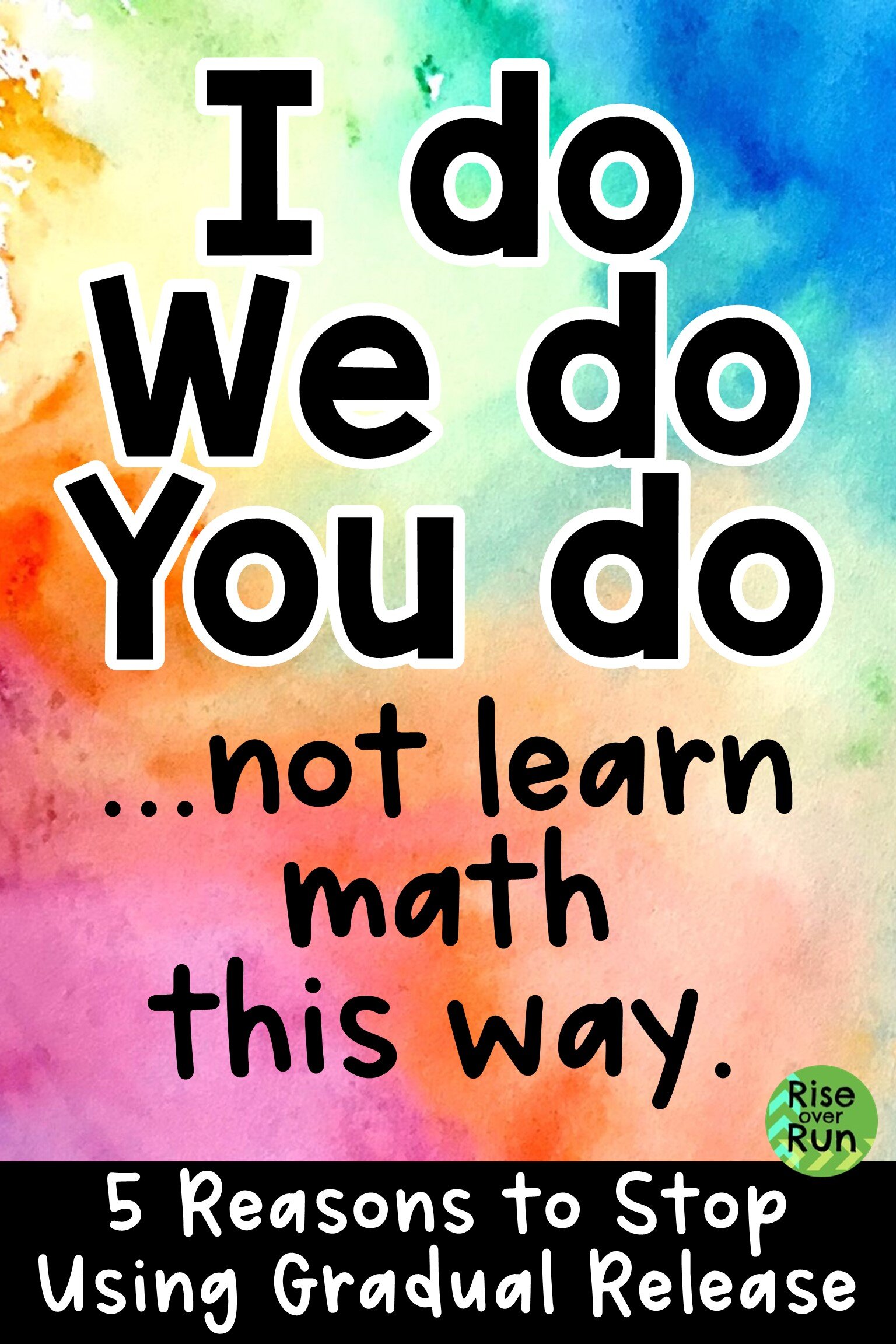
Why We Shouldn't Use Gradual Release Often in Math Class
Gradual release is a method of teaching where the teacher starts out by showing how to do a procedure. (I do.) Then, the class works on a problem together. (We do.) And then finally students do a problem themselves. (You do.) The teacher is gradually releasing the responsibility to the students, the responsibility of getting an answer.
If we look at the Standards for Mathematical Practice, gradual release is not conducive for most of them.
